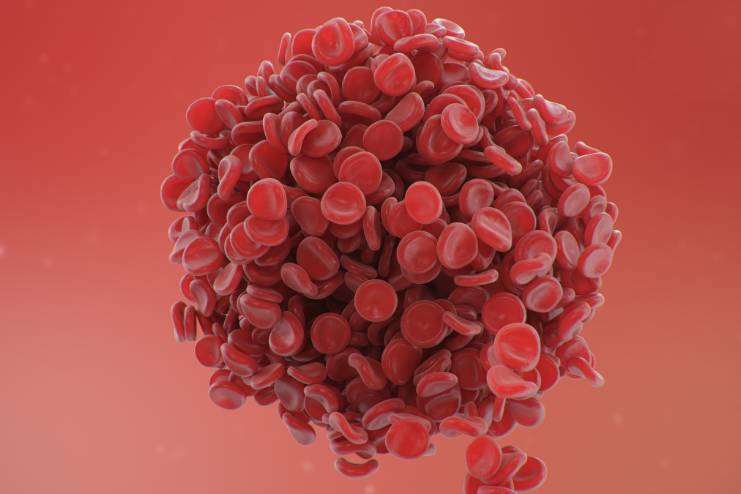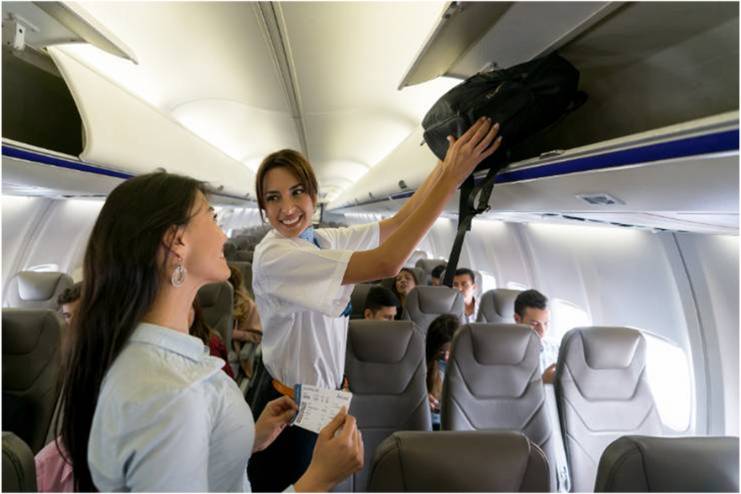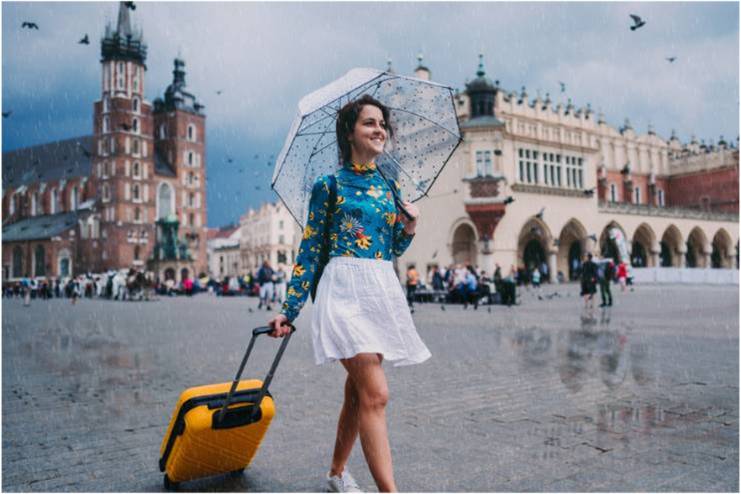Affiliate Disclaimer
Some links in this article are affiliate links. We may earn a small commission if you make a purchase through these links, at no extra cost to you. We only recommend products we find useful to our readersThe risk of Deep Vein Thrombosis (DVT) increases during long journeys, whether by air, car, or bus. It is caused by blood clotting in a deep vein, generally in the legs, due to prolonged periods of immobility. Such clots can eventually break loose and cause serious complications if not treated, one of which is a pulmonary embolism (PE), a life-threatening condition.
Take some necessary measures to enjoy a safe journey. Simple things such as exercises that keep your legs moving, keeping yourself rehydrated, and, in advanced cases, compression stockings will help reduce your chances of developing DVT. You can safely enjoy your travels by being proactive and aware of the signs and symptoms.
Understanding Blood Clots

Blood clots, also called thrombi, are semi-solid masses of blood that develop within veins or arteries. They can disrupt the normal blood flow, leading to serious health issues. Deep vein thrombosis (DVT) is a type of blood clot that forms in the larger veins of the legs, thighs, or pelvis.
Deep Vein Thrombosis occurs due to various factors, one of which is prolonged immobility. Sitting for a long time, such as during long flights or driving for hours at a stretch, reduces blood flow to the legs, thereby pooling and possibly forming clots. This risk increases during travel when you are stuck in a limited space and unable to move.
Symptoms of Deep Vein Thrombosis can include:
- Unexplained swelling
- Pain or tenderness in the affected limb
- Redness and warmth of the skin
In some cases, Deep Vein Thrombosis can lead to severe complications. If a clot breaks loose, it can travel to the lungs, causing a pulmonary embolism (PE).
Symptoms of Pulmonary Embolism include:
- Sudden shortness of breath
- Chest pain
- Coughing up blood
- Lightheadedness
Pulmonary Embolism (PE) is a medical emergency and requires immediate attention.
Awareness of these risks and symptoms is vital for early detection and prevention, especially during long periods of immobility.
Pre-Travel Preparations

If you have a history of blood clots or any other risk factor, it is important to consult a doctor when planning a long journey. Your physician can assess your risk and help you prevent blood clots while traveling. Here is your pre-travel checklist:
- When using blood thinners, carry enough medicines with you for the entire duration of the trip.
- Plan mobility during your travel to reduce the risk of developing blood clots. On a plane, opt for an aisle seat to easily get up and walk around. If you’re driving, plan regular breaks every two to three hours to stretch your legs.
- Compression stockings apply gentle pressure to the legs, thereby promoting blood flow and reducing the risk of clots. Compression stockings are recommended when you’re sitting continuously to prevent blood from pooling in your veins.
These travel health tips will help minimize blood clots and provide a much safer journey.
In-Flight and In-Car Strategies

During those long flights and car rides, maintain good circulation and avoid blood clots for your travel health.
- You can do simple in-flight exercises and practice some car ride tips to reduce this risk. Do ankle circles and leg lifts while in flight or riding in the car to keep some blood flowing. Try to get up and walk around as much as possible during a flight or a break on long drives whenever possible.
- Keep yourself hydrated to avoid blood clots. Drink plenty of water during travel to keep your blood flowing freely. Avoid drinking alcohol or too much caffeine, as these can cause dehydration, which may raise the risk of blood clots.
- Wear loose, comfortable clothing. Tight clothing can constrict your blood flow. So wear clothes that give you ease of movement and better circulation.
- Wear compression stockings. They will provide additional support to the legs and help blood circulate properly.
By applying these tips when traveling, you’ll be able to minimize the risk of the formation of blood clots and be safe.
Post-Travel Care

After a long journey, continue taking care of your post-travel health to prevent blood clots and aid travel recovery. Keep your post-travel health in check to prevent blood clots and recover from travel.
- Avoid long periods of sitting immediately after arriving at your destination.
- Take your time walking around and stretching your legs, which may help blood circulation, thus reducing the risk of clotting.
- Watch for any signs or symptoms of blood clots: pain, redness, or swelling in your legs.
- If any alarming symptoms develop, you should consult with your doctor without delay.
Special Considerations

In the case of people at a higher risk of developing blood clots, like pregnant women, those who’ve had recent surgery, or have chronic medical conditions, extra precautions must be taken to travel safely.
Pregnant women have an increased risk of Deep Vein Thrombosis during the third trimester. They should consult their doctors before traveling and take their advice seriously. They should wear compression stockings as recommended and stay hydrated throughout the flight.
Those who have recently had surgery, especially orthopedic or pelvic surgery, are at risk as well. Doctors may prescribe blood thinners or other medications to help prevent the formation of clots during travel. Be sure to follow the recommended regimen and discuss any concerns or questions with your doctor.
Before traveling, individuals with chronic medical conditions, like those with heart disease, cancer, or inflammatory bowel disease, should check with their physicians. Your doctor may suggest specific tips for managing your condition while traveling, prescribe additional medications, or give further guidelines.
By following these specialized recommendations and keeping in touch with one’s doctor, high-risk travelers can reduce the risk of blood clots and ensure travel safety.
Conclusion
Long journeys can increase your chance of developing blood clots. But with proper precautions, you can lower that risk. Key strategies for preventing blood clots include keeping yourself active, doing in-flight or in-car exercises, moving often, and staying hydrated.
Practice basic exercises, such as ankle rotations and leg lifts, and take frequent breaks from sitting to maintain good blood flow during a prolonged period of immobility. Wearing compression stockings and avoiding dehydration by drinking enough water will also help prevent clots.
Consult a doctor in case one is at a higher risk because of recent surgeries, chronic conditions, or pregnancy. They may offer personal advice and give medications to counteract the risk involved.
Such strategies, incorporated into your travel plans and maintained through a vigilant attitude toward your health, can make your trip safer and more comfortable. Remember, these precautions taken beforehand will not only improve your travels but also protect your well-being in the long run.
References
- https://wwwnc.cdc.gov/travel/page/dvt
- https://www.healthline.com/health/blood-clots-and-flying
- https://www.scripps.org/news_items/3019-how-to-prevent-blood-clots-during-long-travel
- https://www.uab.edu/news/youcanuse/item/12876-traveling-take-these-steps-to-prevent-blood-clots-during-your-summer-travels
- https://www.medicalnewstoday.com/articles/blood-clot-and-flying
In this Article



















